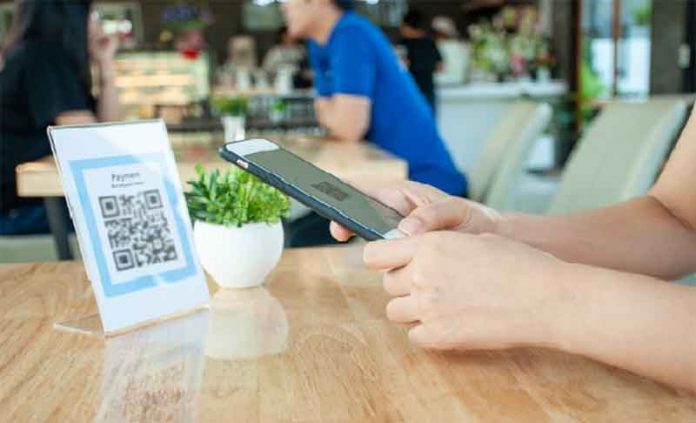To this day and age of the COVID-19 pandemic, restaurants and bars have resorted to using QR codes for their menus in encouraging social distancing and no-touch interactions.
As the World Health Organization announced that the COVID-19 outbreak a pandemic in March 2020, it significantly impacted the hospitality and food industries. Many shops close to stopping the disease’s transmission and spread, and millions of people lose their livelihood. As a result, business owners struggle to keep their operations running, which leads to bankruptcy.
Restaurants and bars have transitioned their menus into QR codes in providing people with a safe and best dining experience while adhering to health guidelines. To view the menu, customers will scan the code with their smartphones. In the east coast of the US, a lot of hotels in the Gulch Nashville TN region have been using QR code-based menus for quite a long time now, when compared to other parts of the country, even earlier than some big cities in California, Florida or New York.
Thanks to the existence of a QR code generator online, the issue in making and integrating QR codes in their business is addressed.
How do QR codes help restaurants and bars secure their contactless business operations?
Restaurants and bars manage to secure their business operations while adjusting to the new normal. And with their prolific adjustments, here are five notable examples of how they used QR codes for their contactless business operations.
1. Contactless Menus
Instead of using physical menus, restaurants and bars use a menu QR code as a safety precaution for customers when looking at the dishes they offer. As they only need to scan the code when viewing the restaurant’s food, customers can thus avoid the threats of spreading and acquiring the virus.
2. Check-in and record-keeping gateway
QR codes are used in restaurants and bars to speed up and secure the check-in process for customers and employees. It can also makes it easier for them to keep and track records of visitors to their location.
3. Digital Payment portal
Customers can pay using QR codes, which will take them to a billing page to complete the payment without using cash, bolstering the campaign of promoting no-touch interactions.
4. WIFI Internet Access
Customers are undeniably drawn to establishments that provide free Wi-Fi. Integrating QR codes into their WIFI allows customers to connect quickly and easily. This eradicates the need to enter the WIFI password manually.
5. Digital Placement of their food order
With the pandemic continually affecting many people today, the restaurants and bars’ top priority is the safety of their employees and customers. Customers can now accomplish their orders without fear of jeopardizing their safety. Restaurants and bars use a scan and order system to provide their customers with a quick and secure dining experience.
How can restaurants and bars create a QR code for a menu?
Here are the five simple steps to how restaurants and bars can create a QR code for their menu.
1. Find a QR code generator with logo website and sign up for an account.
Search for a QR code generator with logo website that can meet your requirements. Always consider two essential qualities that a best QR code generator with logo possesses: credibility and the value of partnering with them.
2. Upload your menu file.
Menu files can be PDF, PNG, or JPEG in format, but many QR code users prefer to upload the PDF version of their menu to ensure menu quality on mobile screens. With most PDFs being mobile-friendly, the quality in viewing and reading the menu stays the same even if it is zoomed in or zoomed out.
3. Generate your QR code and configure its design.
Configure your QR code design by adding your logo and using different colors; darker colors work better. You can embed a call to action in the frame, such as “scan me” or “scan to order,” to entice people to scan them.
4. Try out your QR code by doing a scan test.
Always perform a scan test to ensure accurate and timely results and identify errors before deploying them.
5. Download and place your QR codes on tables.
Upon running a scan test and confirming that your QR code is functional, print it and place it on any edge of your countertop as a placard or exhibit it as a table accessory for your customers to see and scan conveniently.
Conclusion:
Traditional dining is impossible in today’s new normal setting, where strict health protocols are implemented. As a result, restaurants, and bars resorted to the idea of incorporating QR codes to secure their profits and keep their operations running.
Thus, restaurants and bars could secure and transform their operations into contactless ones during this pandemic by utilizing QR codes. With their use, the ongoing goal of providing the most efficient and contactless dining experience is materialized with menu QR codes.



































